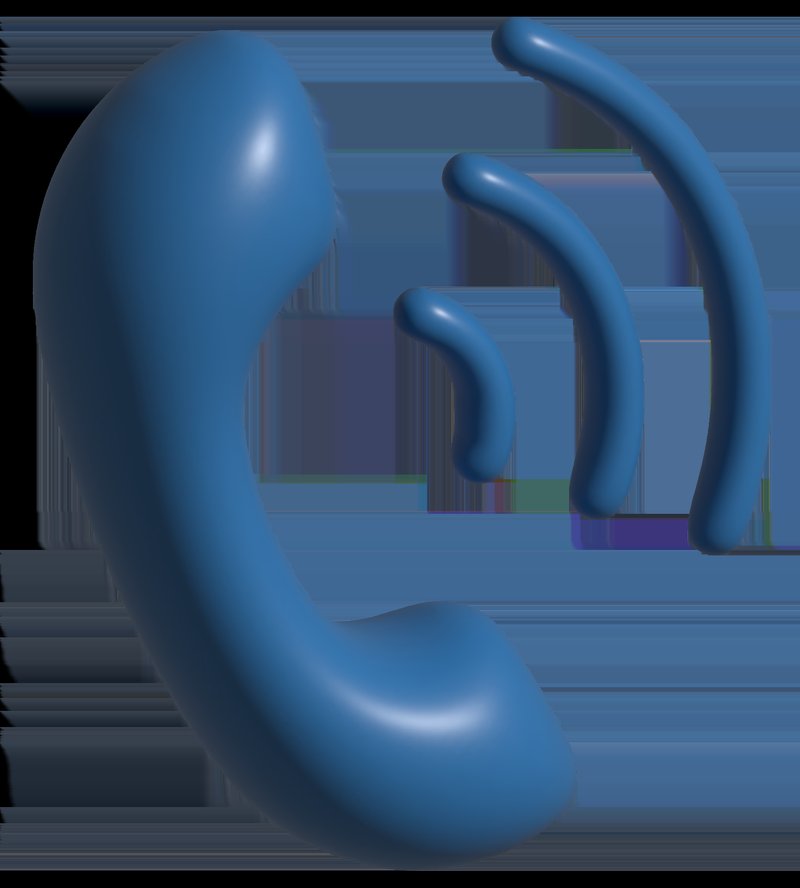
Picture this: you’ve just opened your Samsung refrigerator to grab a cold drink on a hot day, and there’s that pesky beeping sound. You glance at the display, and there it is—Error Code F1 staring back at you. It feels a bit like a car’s dashboard light coming on; you might not know what it means, but you know it needs attention. So, what exactly is Error Code F1 on a Samsung refrigerator, and when should you call a technician?
First off, let’s get familiar with this mysterious Error Code F1. It’s a lot like a secret language between your refrigerator and its internal system. When F1 pops up, it’s a signal that your fridge is experiencing a cooling issue, often related to the freezer compartment’s temperature sensor. Think of it as your fridge’s way of waving a little white flag and asking for help. It might sound intimidating, but it’s just your appliance’s way of keeping you in the loop.
Understanding Error Code F1 on Your Samsung Refrigerator
Error codes can often feel like they’re written in a foreign language, and F1 is no different. But don’t worry—it’s not as complex as it seems. Essentially, Error Code F1 is a message from your fridge telling you that there’s something wrong with the freezer’s cooling system. Imagine if your house’s AC stopped working properly; the temperature in your home would start to rise, causing discomfort. Similarly, the F1 code indicates that the freezer isn’t maintaining its cool, and food safety might be at risk.
The primary culprit behind this error is typically a faulty temperature sensor or possibly a problem with the defrost system. When the temperature sensor isn’t doing its job, it might send incorrect information to the control board, which affects how the fridge manages cooling. It’s much like trying to bake a cake with a broken oven thermometer—you just can’t get the temperature right! Without intervention, this could lead to spoilage of food and increased energy bills as your fridge works overtime trying to solve a problem it can’t fix alone.
Before jumping to conclusions, it’s helpful to know that sometimes this error can be a temporary glitch. Power surges or outages can occasionally trigger it, causing the system to misread the temperature temporarily. In such cases, resetting the fridge might clear the error code. However, if the error persists, it’s time to roll up your sleeves and dig a little deeper—or better yet, call in the pros.
DIY Troubleshooting Steps Before Calling a Technician
If you’re facing Error Code F1 and you’re a tad adventurous, there are a few straightforward troubleshooting steps you can take before enlisting a technician. Think of it as being a detective on a case, gathering clues before calling in the experts. The first step is to perform a quick reset of your refrigerator. Unplug it from the wall, wait for about five minutes, and then plug it back in. This simple reset can sometimes clear the code if it was caused by a brief power surge.
Next, make sure that the vents inside your fridge are clear and not blocked by food items. This issue is surprisingly common and can affect airflow, much like a blocked nose can affect your breathing. Ensuring there’s enough space for air circulation can sometimes resolve minor cooling issues. Additionally, give the temperature settings a once-over to ensure they haven’t been accidentally changed. It’s like checking the settings on a new gadget; sometimes, a simple adjustment can make a world of difference.
If these steps don’t resolve the issue and the F1 error persists, it’s a sign that the problem might be a bit more complicated. Don’t feel bad for needing to call in professional help! It’s like asking directions when you’re lost; sometimes, the best path forward is getting help from those who know the terrain.
When to Call a Technician and What to Expect
So, when exactly is it time to call in the experts? If your initial troubleshooting efforts haven’t made the F1 error vanish, and especially if you notice that your fridge’s temperature feels off, it’s a good indication that a technician’s touch is needed. Professionals have the tools and expertise to diagnose the issue more thoroughly, ensuring that your fridge is back to its optimal condition.
When a technician arrives, they’ll likely start by checking the temperature sensors and control board. They might also run a diagnostic test that’s akin to an X-ray for your fridge, revealing issues that aren’t visible to the naked eye. It’s comforting to know that you’re putting your appliance in capable hands, much like entrusting your car to a skilled mechanic.
While it’s natural to feel a bit anxious about potential repair costs, it’s important to remember that maintaining your fridge is vital. A well-functioning refrigerator preserves your food efficiently, saving you money in the long run by preventing spoilage and ensuring energy efficiency. Additionally, addressing issues before they escalate can prevent more costly future repairs.
Preventive Tips to Avoid Future F1 Errors
Once the technician has fixed the issue and your fridge is running smoothly again, you’ll likely want to keep it that way. Think of preventive maintenance as giving your fridge a regular health check-up to ward off potential problems. One simple tip is to keep your fridge at the recommended temperature settings, usually around 37°F for the refrigerator and 0°F for the freezer, to ensure optimal performance.
Regularly clean the fridge coils and keep them dust-free. It’s like making sure that your car’s engine has clean oil; it runs smoother and more efficiently. Also, be mindful of how you store food in your fridge. Avoid overloading it, as this can block airflow and hinder the cooling process. Plus, a neatly organized fridge makes it easier to find what you need, reducing the time the door remains open.
Lastly, keep an eye on door seals. Ensure they’re clean and sealing properly, much like checking the weather stripping on your windows. This simple check can prevent cold air from escaping, ensuring your fridge doesn’t have to work overtime. Implementing these easy, regular checks can prolong your refrigerator’s lifespan and help prevent pesky error codes from making an appearance.
So, the next time Error Code F1 makes an appearance, you’ll be better prepared to handle the situation, whether that means a quick DIY fix or calling in a trusted technician. Remember, tackling issues early on helps keep your fridge—and your household—running smoothly.
